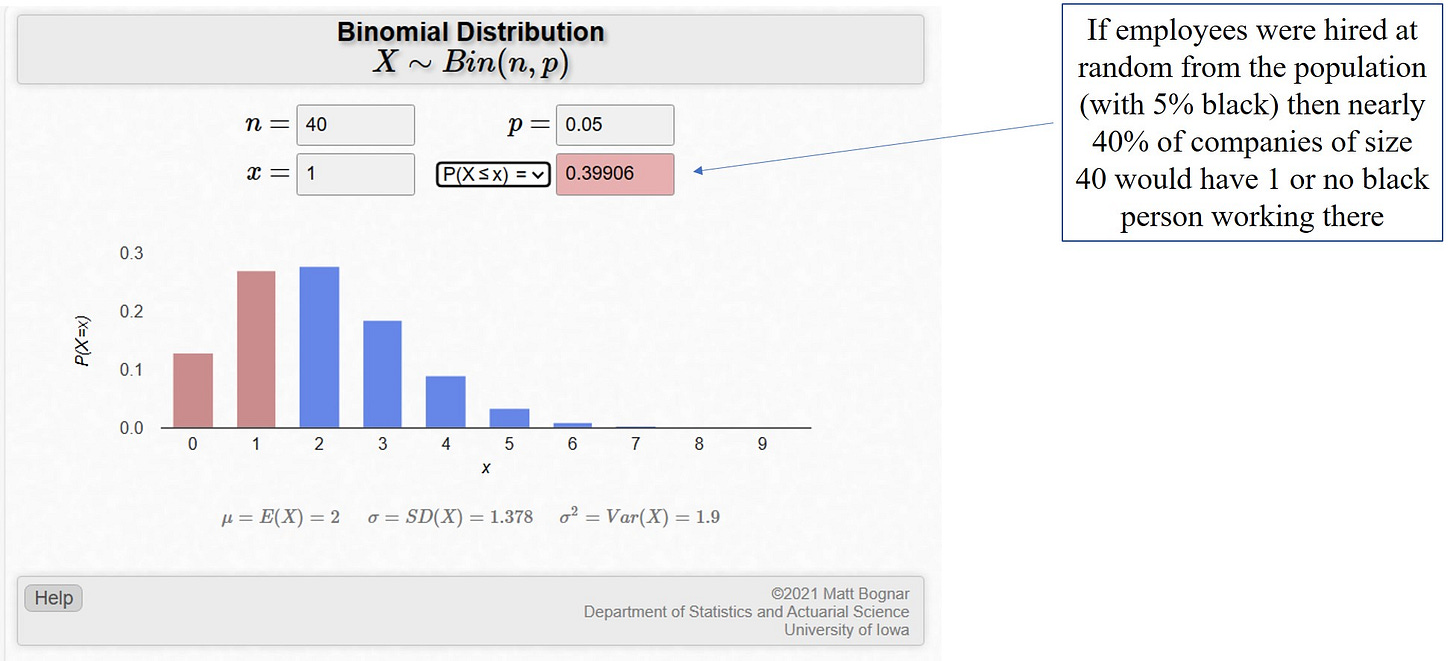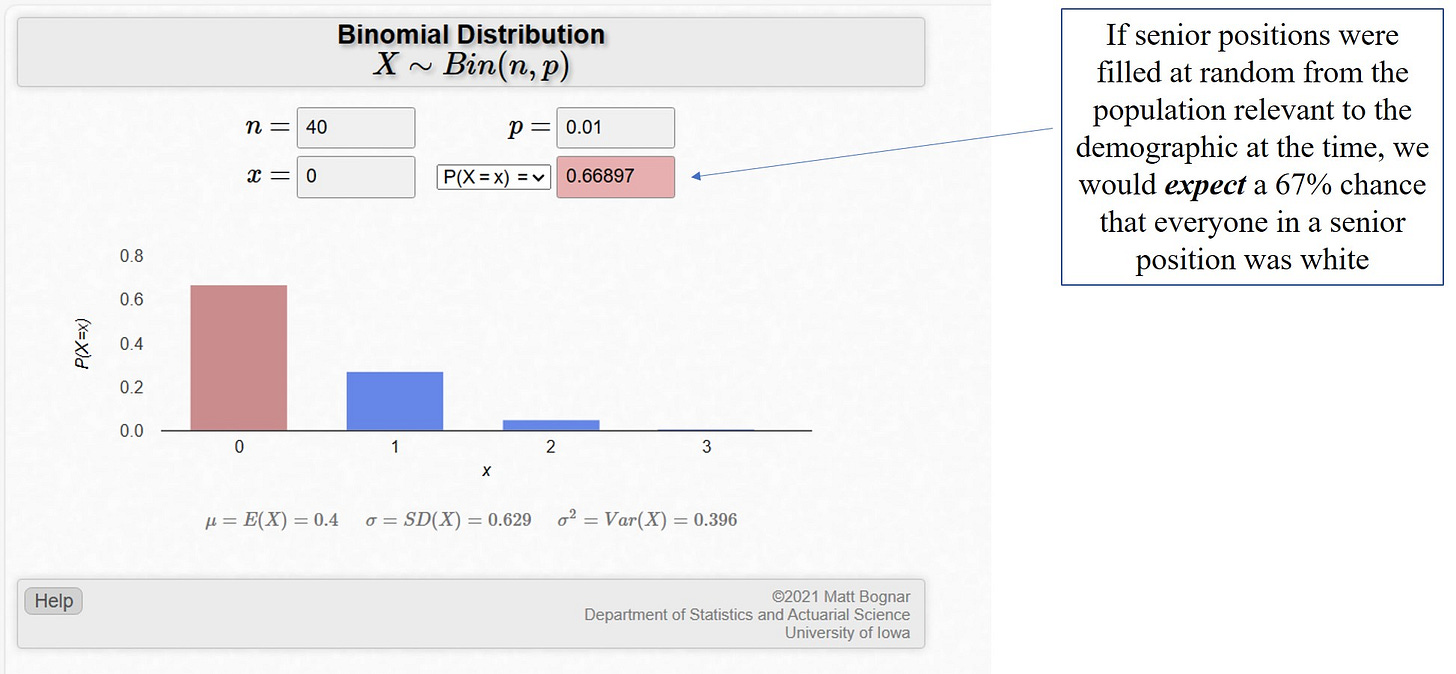Coming from a Catholic background, the sitcom Father Ted was one of my favourites. It featured the misadventures of 3 priests living on the fictional Craggy Island off the coast of Ireland. The retired priest, Father Jack, had mostly lost his marbles and could be seen sitting in his chair shouting out various combinations of Feck!, Drink!, Girls! and Arse!
The actor who played Father Jack, John Kelly, passed away in 2016 but he will be remembered for decades for his hilarious portrayal of Father Jack Hackett. For those of you who want a trip down memory lane, here’s a compilation clip (4m 39s) of some of Jack’s finer moments.
We were, initially, surprised to see a Catholic priest behave like this - and later we came to expect it. In later episodes we were surprised by Father Jack’s more lucid moments.
I kind of became like Father Jack during covid. I could be seen screaming at the “news” channels and “current affairs” programs with various combinations of Feck! Bollocks! and Twat!
The Irish writer of the show, Graham Linehan (pronouns: to be sure/to be sure), is one of the finest comedy writers (he also co-wrote another of my favourites; Black Books). It’s not likely we’ll see any more of his comedies on TV because, like those who committed covid heresy, he’s been cancelled for saying hateful and outrageous things like men can’t be women.
A lot of humour, perhaps most of it, derives from the element of surprise. With puns and wordplay, for example, we are surprised when a word gets used in a novel way :
I watched a documentary on how they build ships the other night; it was riveting
Bob Monkhouse, a UK comedian, was well-known for his vast repertoire of these kinds of jokes, said of himself :
My friends used to laugh when I said I wanted to become a comedian. Well, they’re not laughing now!
One of the reasons politicians are so appealing is that they present themselves as bastions of certainty in a world of uncertainty. We are reassured and comforted by their claimed ability to decisively chart out a better future for us all. It’s all an illusion, of course. They’re every bit as clueless as the rest of us when it comes to predicting the future or steering a course through that uncertain future.
One only needs to recall the certainty they all expressed when implementing the farcical covid interventions to realise these dumbfucks are just pretending to know what they’re doing.
Another possibility, other than that they have the brain power of a broccoli, is that they are deliberately manipulating things for other purposes like more control, more personal wealth, or more power. This is probably a more accurate and likely assessment because even politicians can’t possibly be quite the level of dumb we witnessed during covid.
I mean, seriously, suggesting that people who had taken an “effective” vaccine were still in danger from those who had not taken the vaccine is a level of dumb that is hard to explain away. That this was used as a tool to get more people to get the Goo just compounded the dumbfuckery. The whole point of a vaccine is so that you can walk amongst the “unclean” with impunity. If it doesn’t do that, then what the feck is it doing?
Few of us are actually surprised by our politicians these days. After all, they’re basically just second-hand car salespeople in nicer suits.
So, when I read things like 50% of people in a poll know someone who died of covid, or that 25% of people know someone who has died from the Holy Goo of Safety™, should I be surprised?
We get surprised when something happens that is outside of “calculated” predictions, or when something happens that is not “normal”. But how do we generate the expectation in the first place? How do we come to assess what is normal and what is outside the bounds of normal?
In June 2020 Humza Yousaf, the current leader of the SNP in Scotland, famously delivered a speech in which he displayed his PCTSD (Post Critical-Theory Stress Disorder). Towards the end of this speech (from about 5m 30s) you can see him have a kind of stress response when he spits out the word “white”.
Yousaf is expressing surprise that all of the people in positions of power and influence he has to deal with are white. But should he be surprised?
He was making these remarks in the wake of the death of St George of the Fentanyl after he was murdered by the Bended Knee of Racism. It was important, at the time, to be seen to be anti-racist by being racist.
Yousaf is, of course, falling prey to the Kendi Conceit™. This is the assumption that any racial disparity in something is caused by racism. In Kendi’s mind, which doesn’t appear to be overly functional, it would seem that there has to be (at the very least) a strictly representative demographic in everything.
Of course, by this argument, we can see the decades of severe injustice in our matriarchy - something like 95% of our prison populations are male. Clearly, a huge systemic prejudice against men has been operating.
When it comes to “representation” what ought we to expect?
We can get an idea of what to reasonably expect by using something called the Binomial Distribution. This is the probability distribution appropriate for success/fail situations.
If you toss a coin 40 times, and assuming the coin (and tossing technique) is unbiased, what is the probability of getting 15 heads? These are the kinds of questions the Binomial Distribution can answer.
So, if you’re a company employing 40 people, and the general demographic tells us that 5% of the population is black, how many black people should we expect to be working at this company if employees were selected, at random, from the general population?
The “at random” bit there is important. If there are other biases at play - like general educational level, or potential cultural factors, then the employee selection process will not be “at random”. Hence why I said we can get an idea of what to expect.
Thankfully, there are some online tools that can calculate the distribution because it’s not all that easy to “do it by hand”. I like Matt Bognar’s app because it also gives a graphical output. Here’s the output for the employment problem
The numbers that need to go in are the size of the “trial” - in this case the size of the company (so n = 40), the probability (p) of success/fail (“success” here is the chance of picking a black person at random which is 0.05, or 5%), and x here is a specific outcome of interest.
With these online tools we can find out
what the probability of getting x as the outcome is
what the probability of getting fewer (or more) than x as the outcome is
what the probability of getting fewer (or more) or equal to x as the outcome is
But if you told someone that nearly 40% of Scottish firms of size 40 employed 1 black person or fewer, they might feel this was terrible “in this day and age” - but it’s entirely normal and unremarkable given Scotland’s demographic make up.
What about Yousaf? Let’s suppose that he regularly deals with 40 senior figures in Scotland (Lord Advocates and the like). Based just on random selection it would be about 13% likely that none of them would be white.
But that’s using a current demographic as our baseline. People in senior positions tend to be a bit older. You’re not likely to stick Jock McSnott who’s just graduated from his Queer Macramé and the Decolonization of Lego course in to one of these senior positions, are you?
So we need to look back at the demographic that existed when these folk were gaining their experience. 30 years ago the demographic make up was closer to 1% and not 5% of non-white people in Scotland. So let’s put these numbers in and see what we get
So, I’m sorry Humza, you are, as they might say in your neck of the woods, off yer heid.
It’s not surprising at all that there are no non-white people in senior positions in Scotland given the (relevant) demographic make up.
This kind of distribution, the Binomial, is also the one we want when generating our expectations of whether 50% of people polled knowing someone who died of covid is a surprising result or not. It’s not perfect because we have to realize the maths is only appropriate when we are selecting at random, but it is good enough to give us an idea of what our expectation should be. When you’re looking at a population poll there are going to be all sorts of confounders, clusterings and collisions that we need to take into account when doing it properly, but with the simple use of the Binomial Distribution we can get an idea of what we should expect.
I’ll let you play with the app to see if the 50% result makes sense. Although a word of caution here - calculating the Binomial Distribution quickly gets “difficult” as you put in higher values of n. These online tools can struggle a bit when higher numbers are used.
TL;DR
No, I’m not feckin surprised






Thanks....I’ve just spent 1.5 hours showing Bob Monk house videos to my American friend who laughed out loud over the “ they’re not laughing now” joke. Reminded me of an era of no cameras spying on us and political incorrectness. Wonderful times without a hint of woke anywhere. A time when men who dressed as ladies were called cross dressers and openly ridiculed or ignored.
Thanks Rig for the Father Ted reference. Will be streaming the whole Feckin series. Have always loved UK humor